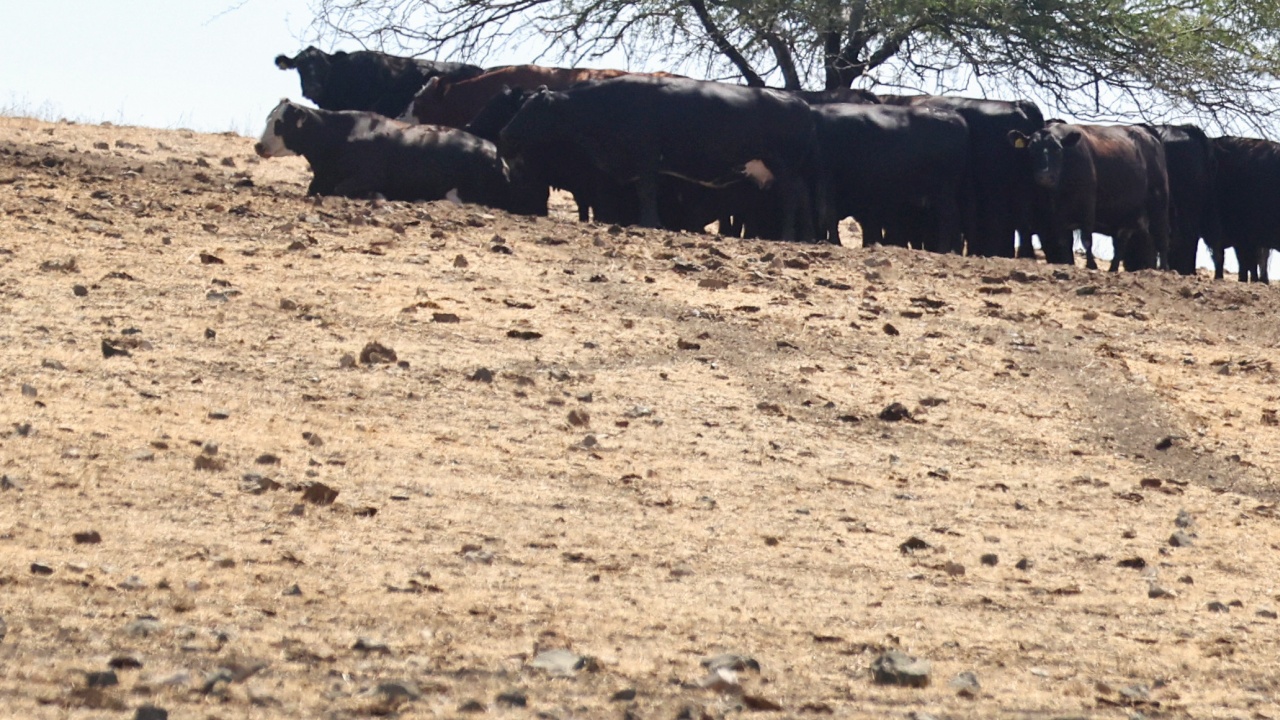A viral disease has killed nearly 100,000 cows and buffalo in India and sickened over 2 million more, AP reported, cited by BTA.
The outbreak has caused devastating losses to livestock farmers, as the disease not only leads to death, but can also lead to reduced milk production, animal exhaustion and fertility problems.
The disease, called lumpy dermatitis, is spread by insects such as mosquitoes and ticks that drink blood.
Infected cows and buffaloes develop fever and develop lumps on their skin.
Farmers in India have suffered heavy losses from extreme weather events in the past year: a record heat wave reduced wheat yields in April, insufficient rainfall in eastern states such as Jharkhand state dried up winter crops such as pulses, and unusually heavy rainfall in September damaged rice in the north .
The virus has now spread to at least 15 states, with cow and buffalo deaths almost doubling in three weeks.
The disease spreading among livestock has a disproportionate impact on small farmers, many of whom have insulated themselves from the shocks of climate change by raising dairy cattle, said Devinder Sharma, an agricultural policy expert in the northern city of Chandigarh.
He said the government figures are likely lower than the actual number of deaths from the disease.
The first cases in South Asia were detected in 2019 and have since spread to India, China and Nepal.
The disease was first recorded in Zambia in 1929 and has spread across Africa and recently reached parts of Europe.
Dairy production is among India's largest agricultural industries, employing 80 million people and contributing 5 percent of the country's economy, according to federal data.
India is the largest producer of milk in the world, accounting for more than a fifth of the world's production, but only a small fraction is left for export.
To try to protect the industry, authorities are vaccinating healthy cows using a vaccine designed for a similar disease while efforts are made to develop a more effective vaccine.
The vast fields of India are now dotted with mass graves of cows.
In some places, corpses are rotting in the open, and the painful cries of sick animals can be heard through the villages.
The western state of Rajasthan has seen the worst impact: 60,000 dead cattle and nearly 1.4 million sick.
The heat killed 2,000 cattle in Kansas
"The disease is contagious. Now it is moving from west to east," warned Narendra Mohan Singh, director at the Rajasthan state animal husbandry department.
In the border state of Uttar Pradesh, India's most populous, trade and movement of cattle with neighboring states is restricted.
But farmers like Amarnath Sharma in the village of Milkipur say they have been left "in the dark" with no information about the disease.
Three of his five cows are sick, and although he has heard about the viral disease, he doesn't know how to help his cattle.
Farmers in affected states such as Himalayan Himachal Pradesh have also appealed to the government for financial assistance.
Meanwhile, a study of the genetic makeup of the Lumpy Dermatitis virus found that it is very different from previous versions, said Vinod Skaria, a scientist at the Institute of Genomics and Integrative Biology in New Delhi.
Viruses are constantly evolving and not all of these changes are harmful to health.
But Scaria, who co-authored the study, said it highlights the need for continued surveillance and disease tracking, as it is unclear how the virus has evolved over the past two years.
"If we had continuous surveillance, we would be prepared," he concluded.
